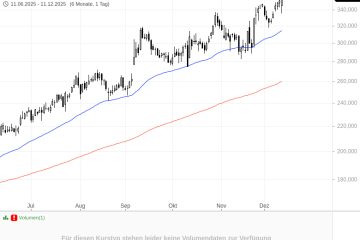One Battle After Another: Analyzing Current Global Conflicts

Introduction
The world is witnessing a significant increase in conflicts, with numerous regions facing what can be described as one battle after another. These ongoing wars and struggles not only have dire consequences for the nations involved but also resonate across the globe, influencing international relations, economies, and humanitarian efforts. Understanding this phenomenon is crucial for comprehending the contemporary geopolitical landscape.
Escalating Conflicts Worldwide
As of late 2023, a variety of conflicts are emerging or intensifying in different parts of the world. The situation in Ukraine continues to be a focal point, where Russia’s military actions against Ukraine have led to widespread devastation and a humanitarian crisis. The war has ignited tensions across Europe and prompted NATO to bolster its eastern flank in response.
In the Middle East, tensions remain high as violence escalates in Israel and Palestine, with recent clashes indicating a potential for broader conflict. The adversities faced by civilians underscore the challenges of achieving lasting peace in the region.
In Africa, the situation in Ethiopia’s Tigray region signifies another critical front where battles between government forces and Tigrayan rebels have resulted in significant loss of life and displacement. The international community is increasingly concerned about the implications of these ongoing conflicts on regional stability.
The Humanitarian Impact
The human cost associated with these civil and international battles is staggering. Millions of individuals have been displaced, with refugee crises burgeoning as people flee violence. For instance, reports indicate that over 8 million people have been displaced by the conflict in Ukraine alone. The United Nations has called for urgent humanitarian aid, highlighting the dire conditions faced by civilians caught in the crossfire.
Global Responses and Future Outlook
In light of these escalating conflicts, global responses have varied. Nations are grappling with how to respond effectively while maintaining their own national interests. Sanctions against aggressor states have become a common tool of diplomacy, but their effectiveness is often debated. Additionally, calls for dialogue and peaceful resolutions continue to emerge amidst increasing rhetoric.
Looking ahead, it seems likely that the world may continue facing the challenge of one battle after another. The interconnected nature of these conflicts means that they are not isolated; they often spill over into neighbouring regions, exacerbating geopolitical tensions and complicating international relations.
Conclusion
The persistence of conflict in various parts of the globe underscores the critical importance of diplomatic efforts and international cooperation. As the reality of one battle after another unfolds, it becomes increasingly vital for global leaders and organisations to seek collaborative ways to achieve peace and address the human suffering that results from these ongoing wars. The trend of conflicts is worrisome, and it is essential for nations to work together to forge a more peaceful future.








